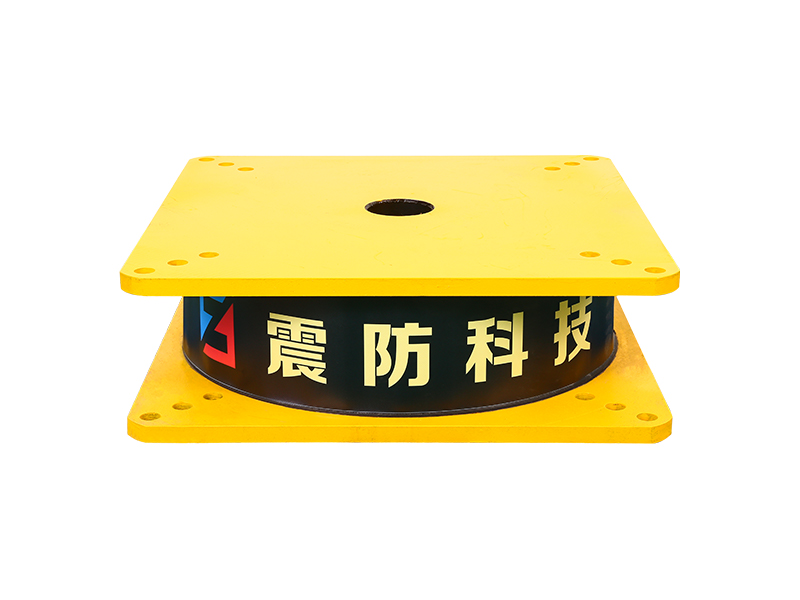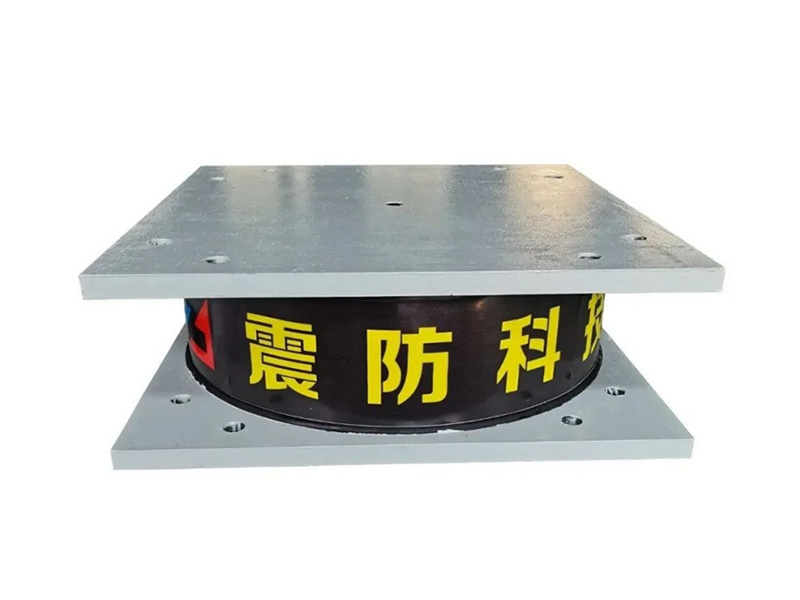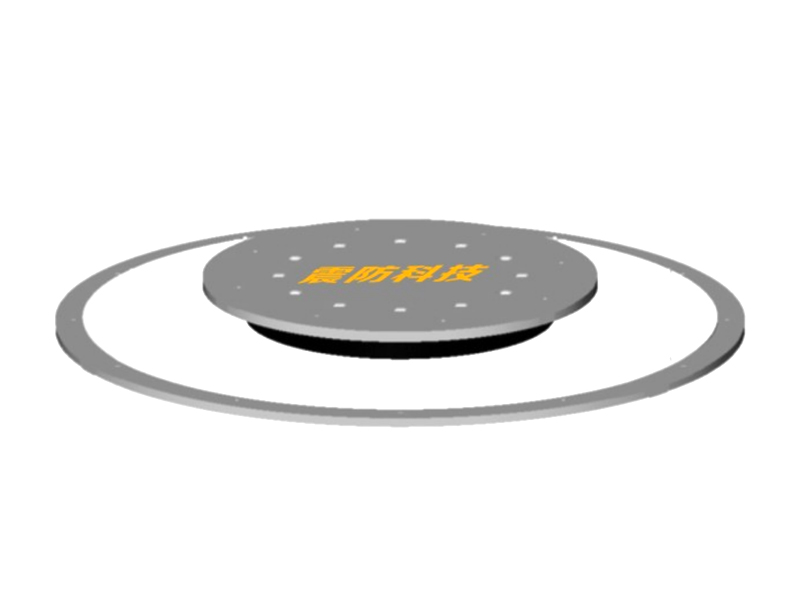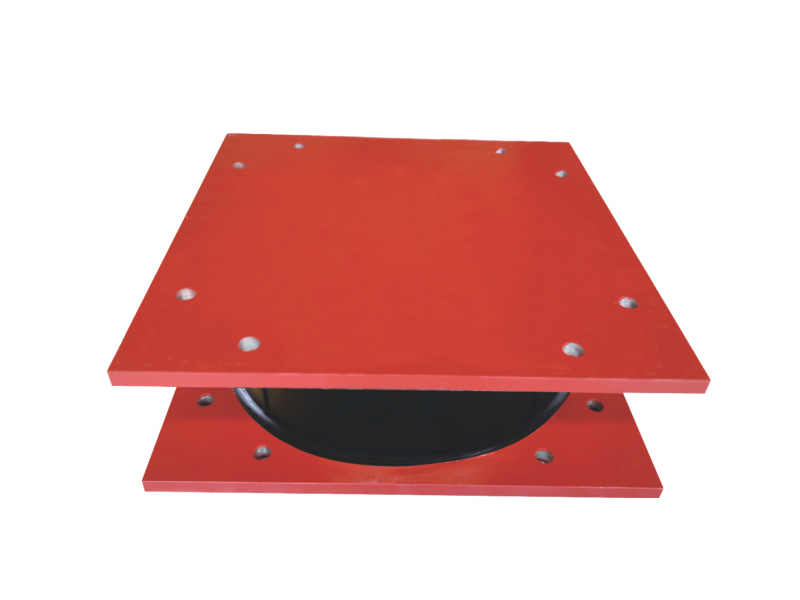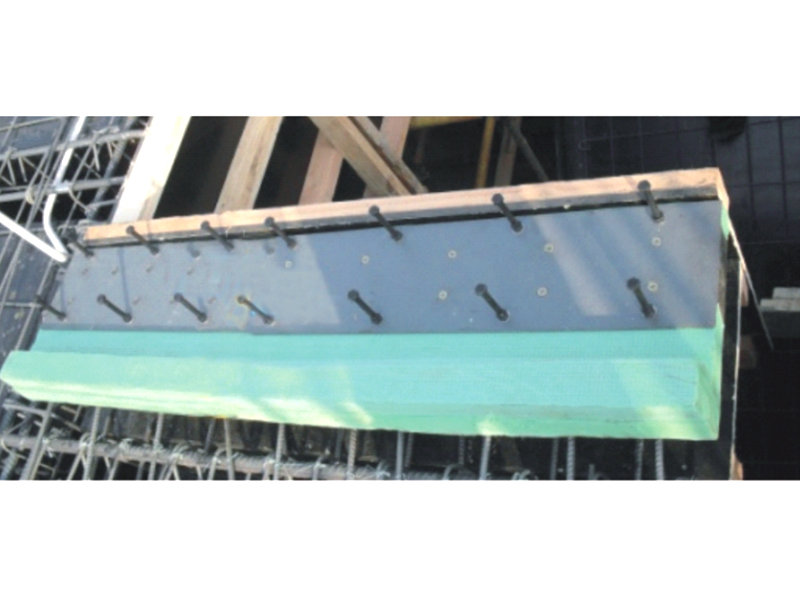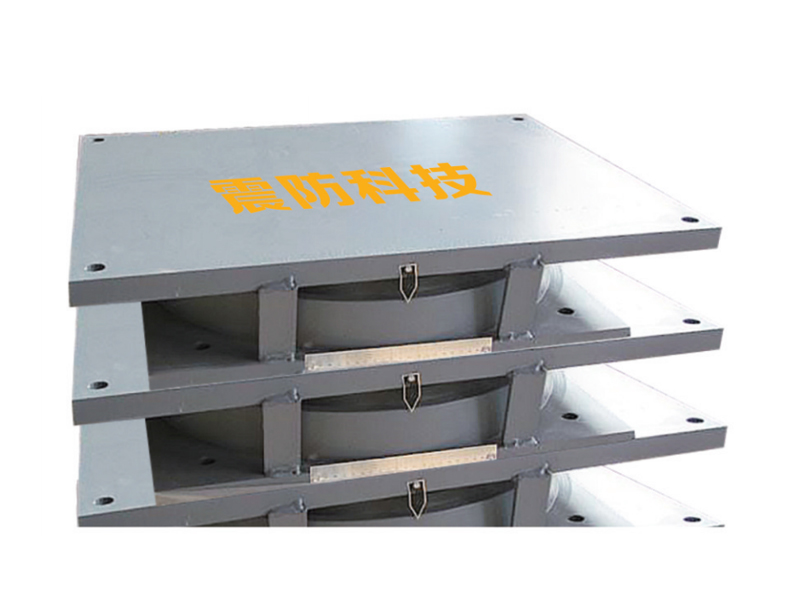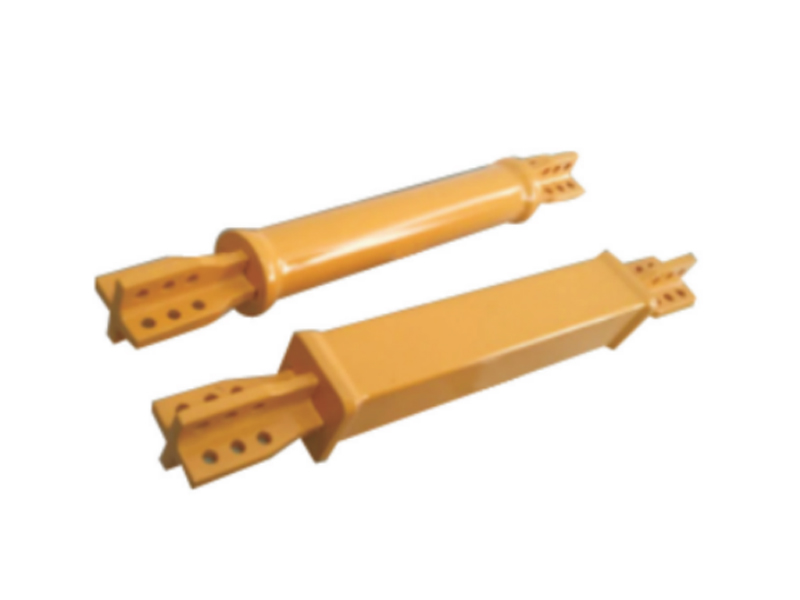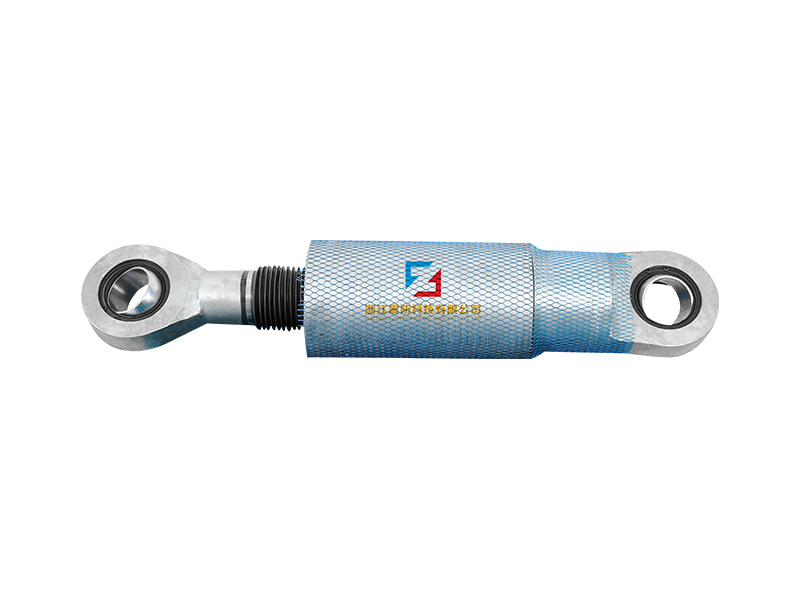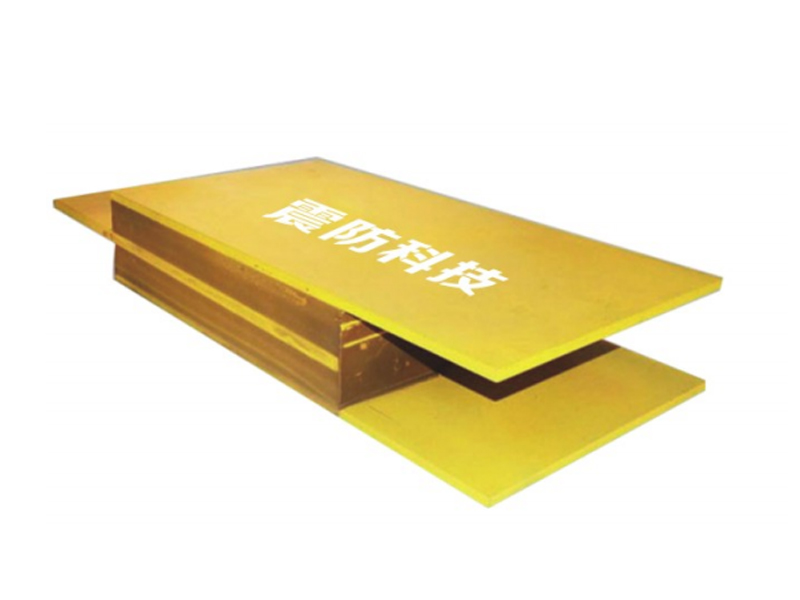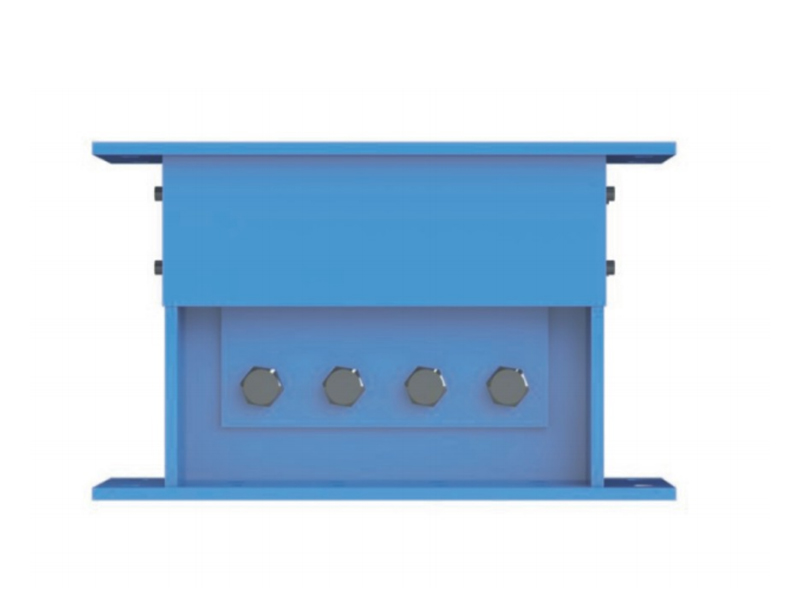The company has been adhering to the corporate tenet of "quality first, customer first", and sincerely welcomes domestic and foreign customers to visit and guide.
GET A QUOTEAs global urban centers grow denser and more vulnerable to seismic risks, the demand for good structural safety solutions continues to surge. One such innovation making significant headway in the civil engineering and construction sectors is the High Damping Building Isolation Rubber Bearing. This advanced technology is rapidly becoming a better choice for earthquake-resistant infrastructure, thanks to its good energy dissipation and flexibility in design integration.
A High Damping Building Isolation Rubber Bearing is a composite device made primarily of alternating layers of rubber and steel. Its core function is to decouple a building’s superstructure from its foundation during seismic activity, significantly reducing the transfer of ground motion and thereby protecting structural integrity. Unlike conventional isolation bearings, this high damping variant is specifically designed to offer enhanced resistance to both vertical and horizontal loads, making it proper for a broad spectrum of seismic isolation applications.
Expanding Usage Scenarios
The use of High Damping Building Isolation Rubber Bearing is expanding well beyond traditional commercial and residential buildings. Increasingly, it is being deployed in critical infrastructure projects, such as hospitals, data centers, transportation hubs, and energy facilities—structures where operational continuity post-disaster is essential.
In Japan and New Zealand, countries known for their seismic vulnerability, several new hospitals and emergency response centers have been constructed with High Damping Building Isolation Rubber Bearing systems. These facilities must remain functional after major earthquakes to support emergency operations. The bearings enable this by allowing the building to move independently of the ground, thus preventing internal damage to vital equipment.
Similarly, data centers in California have adopted High Damping Building Isolation Rubber Bearing solutions to protect sensitive electronic equipment from seismic shock. Given the high cost of downtime and the need for uninterrupted data services, these facilities benefit greatly from the system’s ability to dampen vibrations and maintain structural stability during an earthquake.
Engineering and Economic Advantages
One of the key advantages of High Damping Building Isolation Rubber Bearing is its long service life and little maintenance requirements. Manufacturers report that the bearings can maintain performance for over 60 years under normal usage conditions. Additionally, these systems are relatively easy to retrofit into existing buildings, offering an economical alternative to more invasive seismic upgrade methods.
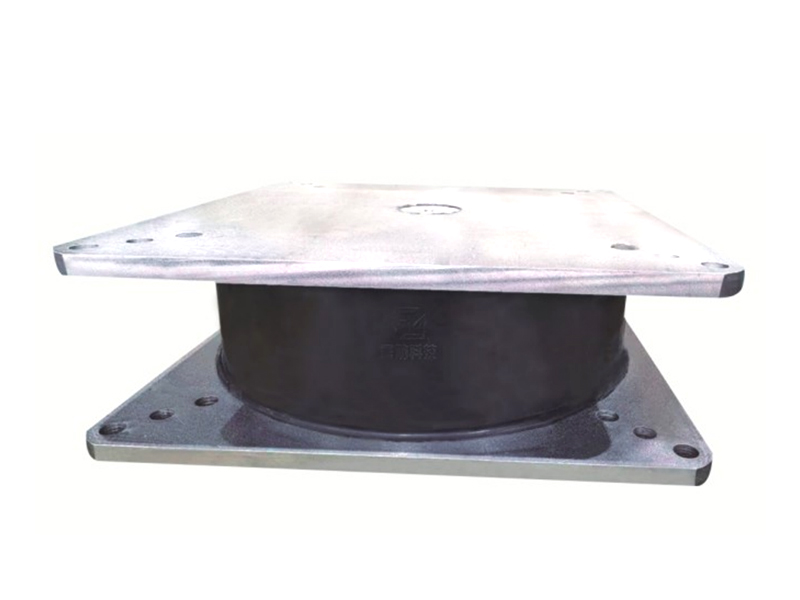
From an engineering standpoint, the design of the High Damping Building Isolation Rubber Bearing allows for high energy dissipation per cycle, which is essential in reducing displacement and stress on structural components. This results in a significant decrease in repair costs and business downtime following an earthquake, which in turn leads to a faster return on investment.
Standards and Global Adoption
With growing awareness of seismic risk in previously low-risk regions, international standards for building isolation are evolving. The High Damping Building Isolation Rubber Bearing has been incorporated into numerous building codes worldwide, including the International Building Code (IBC), Eurocode 8, and the Japanese Building Standard Law.
Major cities such as Istanbul, Manila, and San Francisco are seeing increased adoption of High Damping Building Isolation Rubber Bearing technology in new high-rise developments. Structural engineers and architects favor the system for its adaptability and effectiveness in both low- and high-rise structures.
Manufacturers and Innovation
The market for High Damping Building Isolation Rubber Bearing is led by firms such as Bridgestone, Yunnan Earthquake Engineering, and Sumitomo Rubber Industries, each offering bespoke solutions tailored to regional building codes and project-specific seismic demands. Continuous R&D is being channeled into improving the material composition of the rubber layers, enhancing durability, and increasing damping ratios for conditions.
Recent developments include smart High Damping Building Isolation Rubber Bearing models integrated with IoT sensors that monitor real-time displacement and stress levels. These innovations provide critical data for building management systems and emergency responders, improving safety protocols and maintenance planning.
